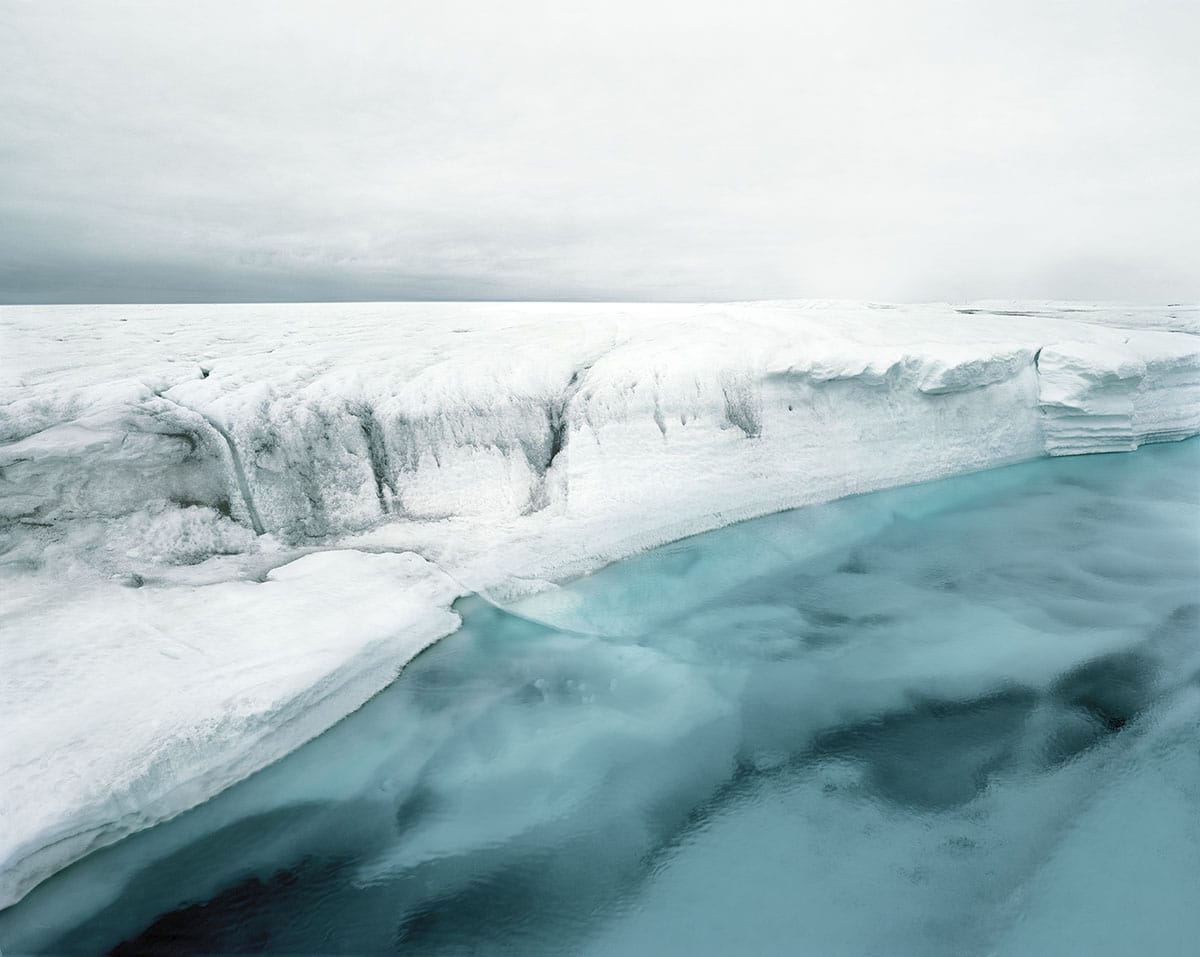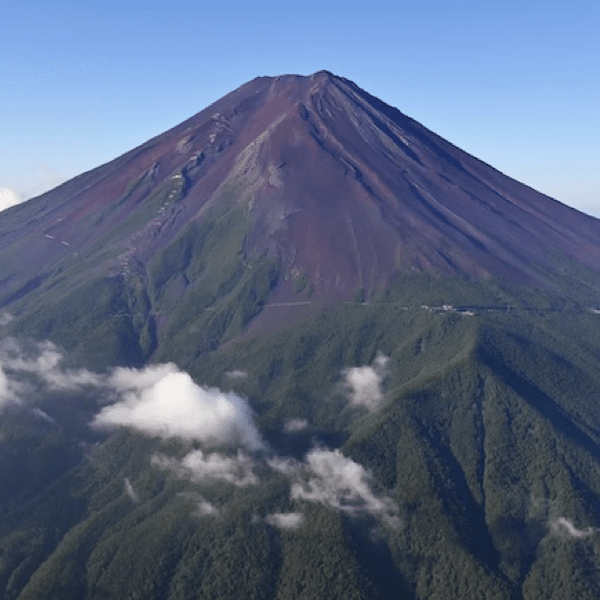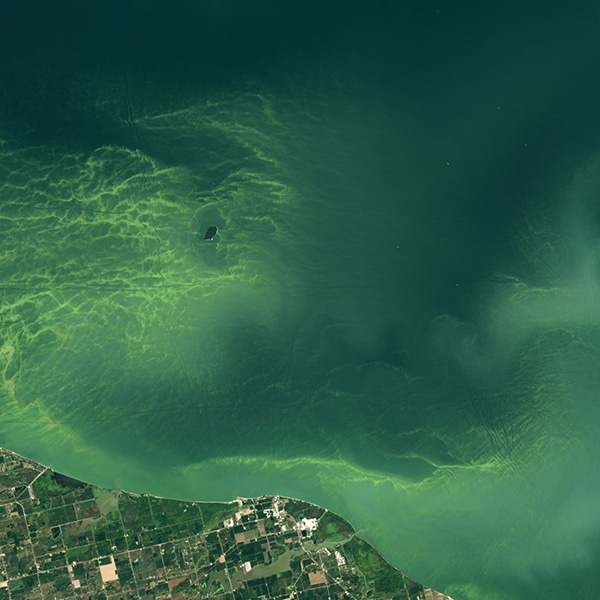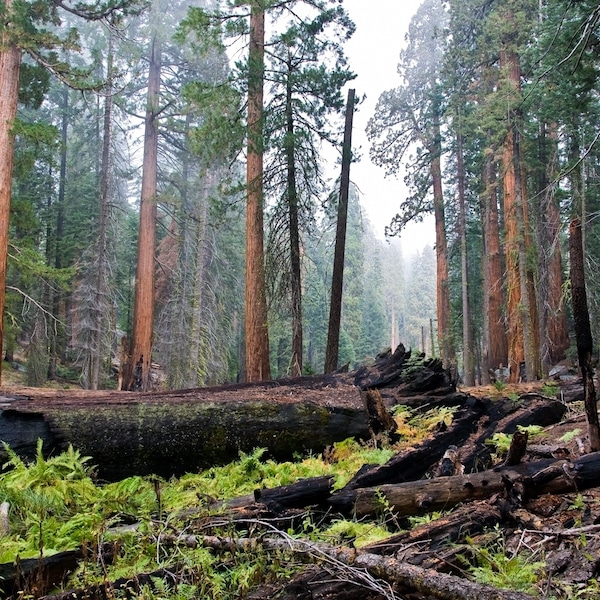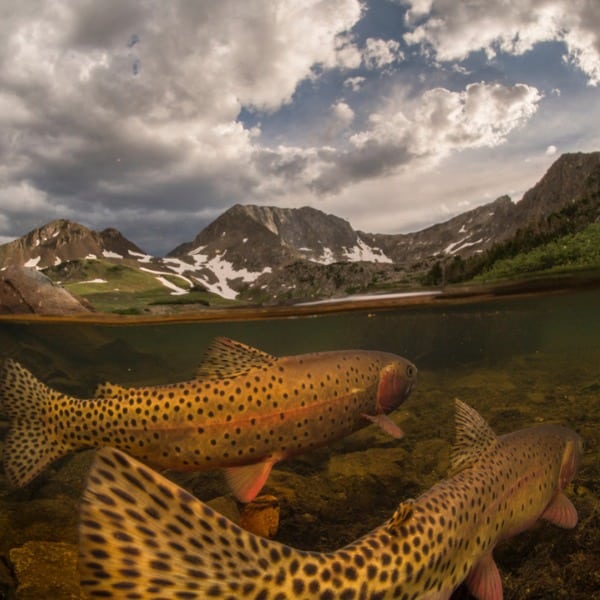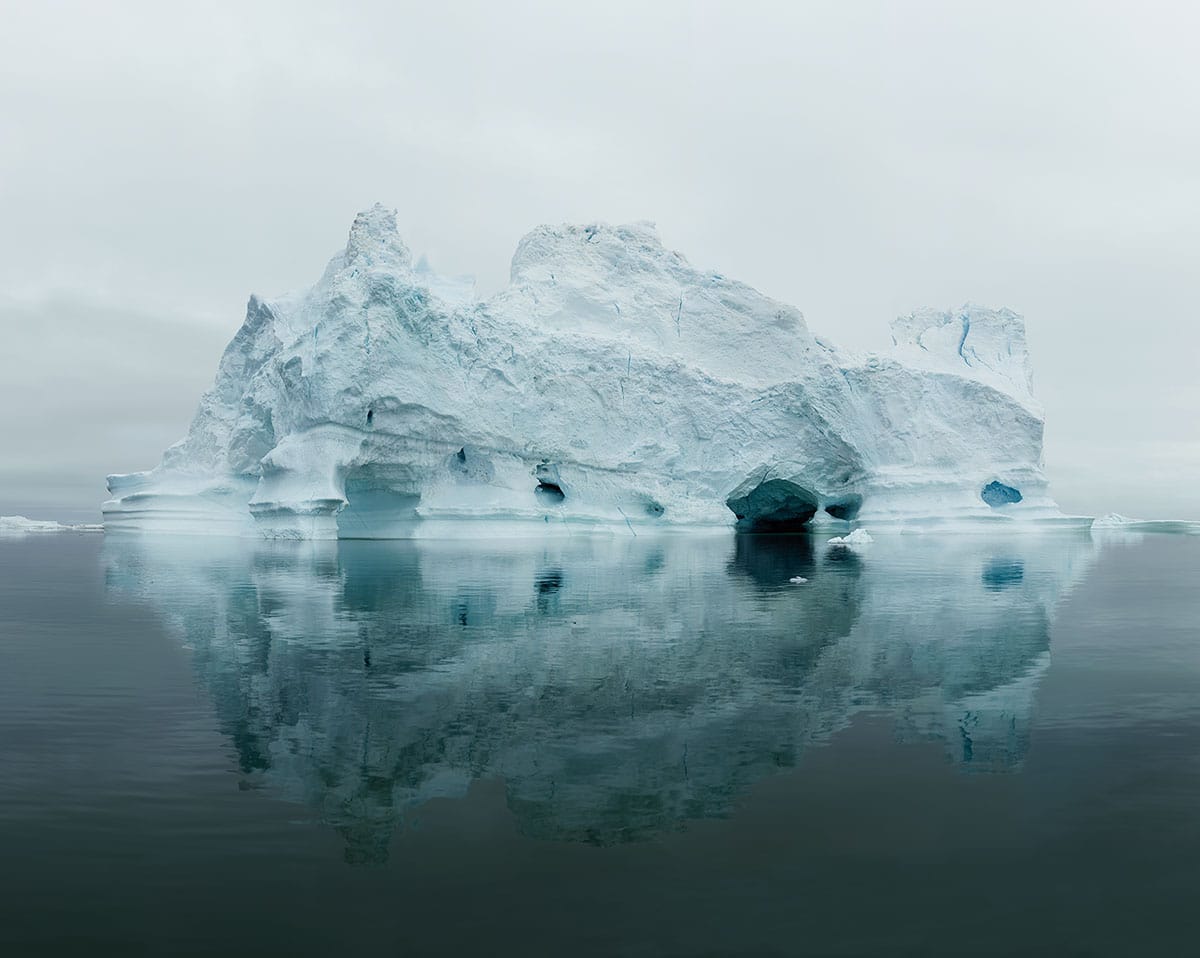
In 2003, German photographer Olaf Otto Becker traveled to Greenland's Ilulissat Icefjord. Located a little over 150 miles north of the Arctic Circle, this landscape was so moving that it set Becker down a new path in his artistic career. Since that time, he has made over a dozen trips back to the area in order to capture its beauty—and its changes.
The results are a series of long-term projects that pay homage to Greenland's incredible landscape, while at the same time bringing awareness to the great changes that are occurring. Ever the adventurer, Becker is willing to risk it all for the right shot and, as such, has come away with a stunning portfolio of images.
In many photographs, the icebergs sit isolated in the water. These fragments reflect in the water, as the icy blue sheen of the snow changes color in the light. The icebergs are captured almost as though Becker is taking a portrait. Sitting there, floating in the water, each has its own personality. At the same time, Becker doesn't ignore the sweeping landscape of the area. Certain photographs give a great sense of scale, as water flows through the ice, creating light blue trails in its wake.
We were able to chat with Becker about the important work he is doing and ask him about what makes Ilulissat such an inspiration for him, as a photographer. Read on for My Modern Met's exclusive interview.
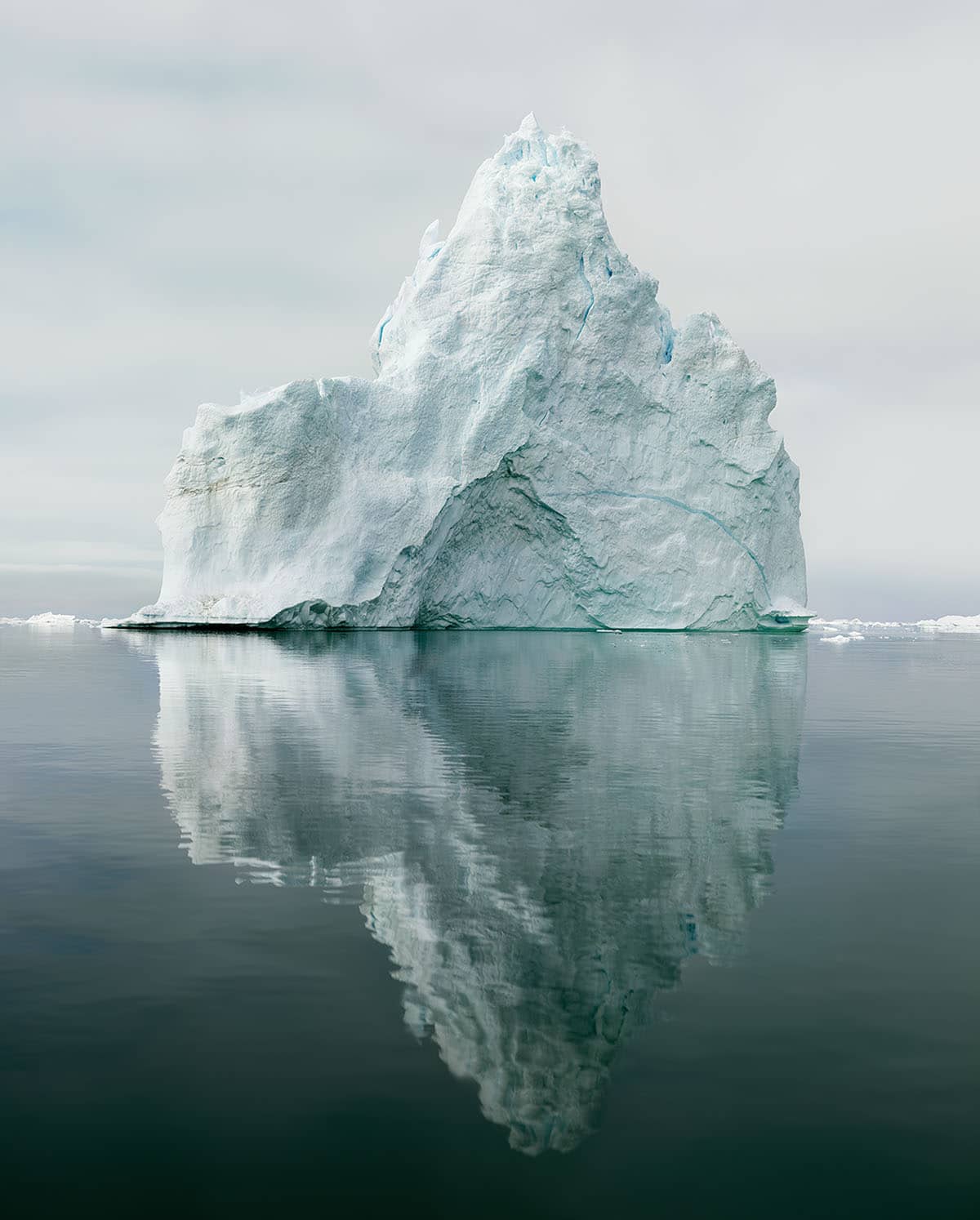
What struck you most about the Ilulissat Icefjord the first time you saw it?
In 2003, I stood for the first time with my 8 x 10 inch large format camera around two o'clock in the morning at the edge of the Ilulissat Icefjord. At the end of the fjord, huge icebergs had run aground. Hundreds of icebergs jutted out of a sea of broken ice that stretched all the way to the edge of the glacier 40 kilometers away. The fjord was so thickly filled with ice that one could have walked across it to the other side of the fjord. The midnight sun painted the ice pink, purple, blue, green, and yellow. Continuously, you could hear sounds like dark cannon shots as icebergs broke apart. The seagulls filled the sky above this ice scene with their bright singing sounds. Sometimes their singing sounded like bright laughter.
I was facing this huge stage with thousands of performers and an incredible set as the only spectator. What a moment.

What made you want to dedicate your career to documenting climate change?
As a photographer, one often returns to places where one has already been gifted with a picture. So I visited a glacier in Iceland again and was shocked by this new encounter. The glacier tongue had retreated significantly in just a few years. I wanted to know what was causing this rapid change and learned for the first time about man-made global warming. At that time, there was not much talk about this topic. However, it was immediately clear to me that we were dealing with a change that was significant for all of humanity. For the first time in the history of the earth, man is changing the climate because his doings are reversing processes in the history of the earth.
Fossil carbons have accumulated over billions of years. These carbons have been removed from the climate over this infinitely long period of time. Now man is bringing these fossil substances back into the active climate cycle. This must have dramatic consequences for our habitat. I am interested in the traces that we humans leave on this earth through our actions. Global warming is one of the most important issues of our time.
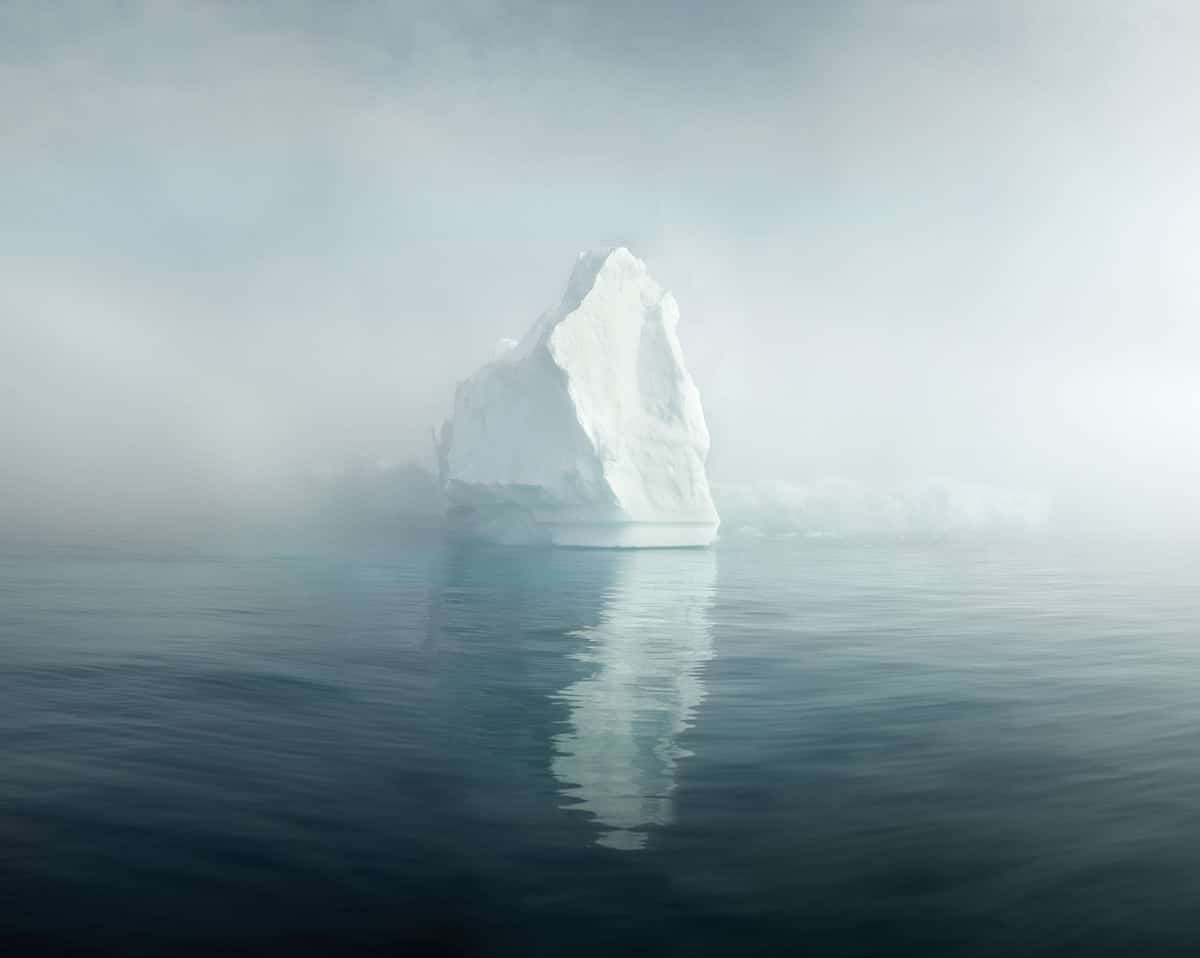
You've gone through some very intense experiences—including being struck by an iceberg—to get these images. What keeps you motivated?
I understand my own existence as a great gift. I have been given a tiny window of time on this earth and can now create a picture of our world with my own senses. I am very curious and thirsty for knowledge. My curiosity is often greater than my fear of danger. Although I have mastered many very dangerous situations, I am also a cautious person. In every project, the failure of the project is considered in the preparation.
If the possibility of failure is also an aspect of a project, then you are prepared for that part as well. But without luck, I wouldn't be where I am now. However, everyone is only allowed to hope for a certain amount of luck. I have become much more cautious now. My current projects give less and less room to the difficult-to-calculate adventure.
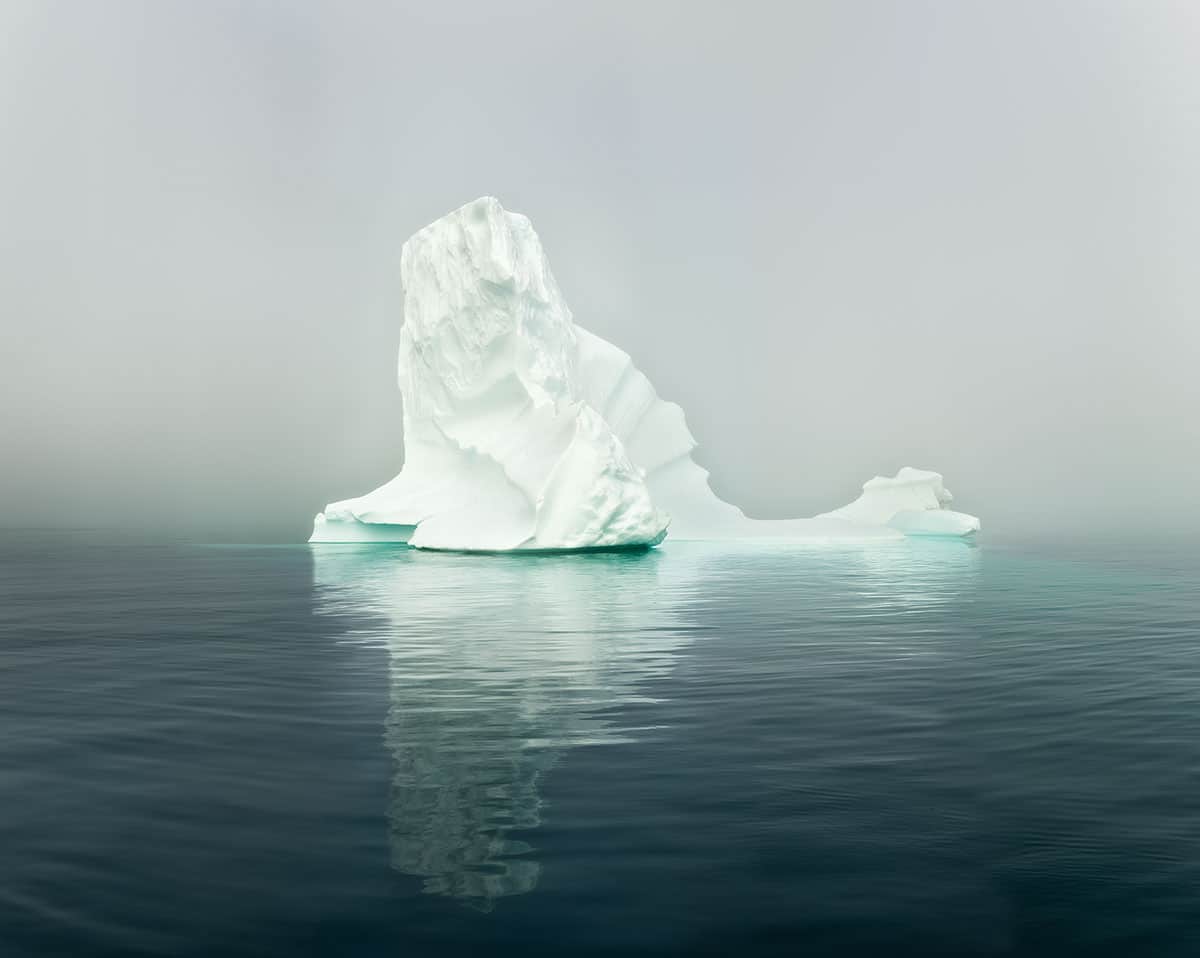
In your 15+ years documenting environmental changes in Greenland, what's the one thing that strikes you the most?
Without any doubt, it has become measurably and noticeably warmer every year. However, in the last eight years, it has become quite stylish to travel to Ilulissat to “watch” global warming. In summer, numerous cruise ships anchor in front of Ilulissat. Scientists, politicians, and tourists from all over the world come to Ilulissat as if global warming would only take place and be visible here. However, global warming is happening everywhere.
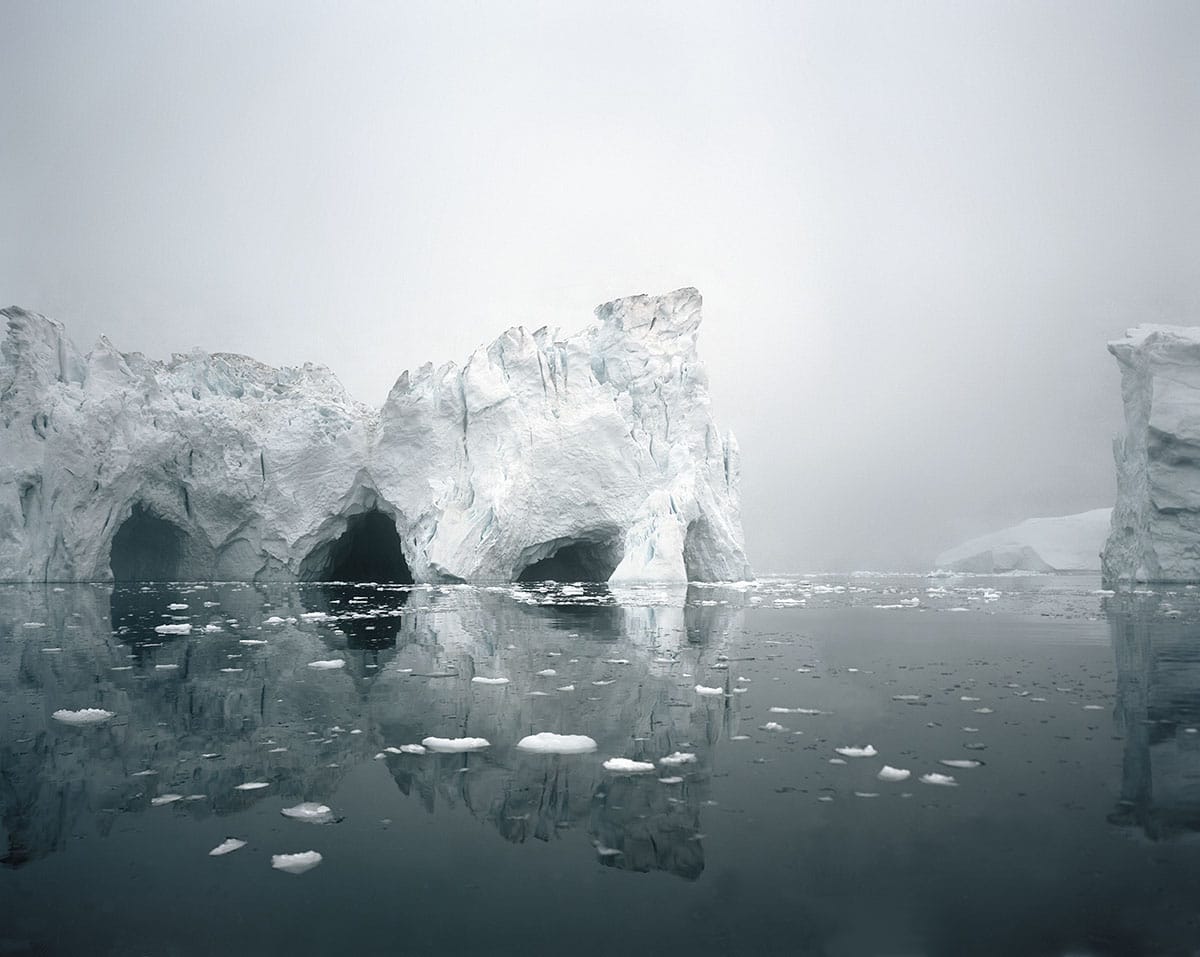
How do you hope that your photography has an impact on the way we view our landscape?
I'm just providing food for thought. You can't photograph global warming. When I show pictures of meltwater flows on the ice, that in itself is nothing unusual. Every summer the ice melts. Icebergs are also nothing unusual. They have been around for thousands of years. However, with the knowledge of man-made global warming, all these images take on a new meaning. The pictures become symbols of a change, of our habitat—which we have caused. And then suddenly behind all the beauty, there is the fear.
This is ambivalent and hopefully makes us think about it.
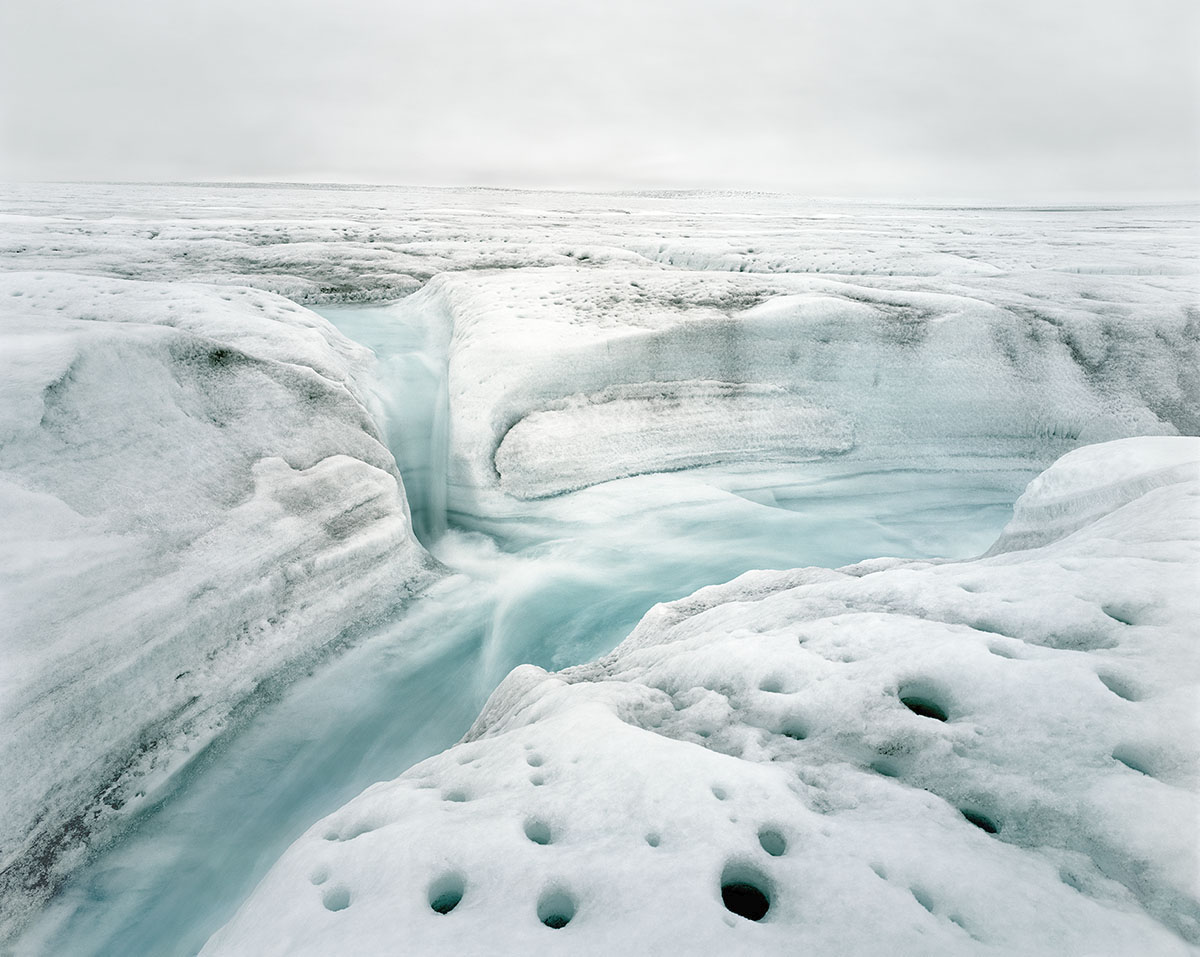
What do you hope that people take away from your imagery?
We still live in a wonderful world, I show that with my pictures. The world can function without man, as it did billions of years before man. But if we want to keep our place here, then we must take into account the nature that has created us.
